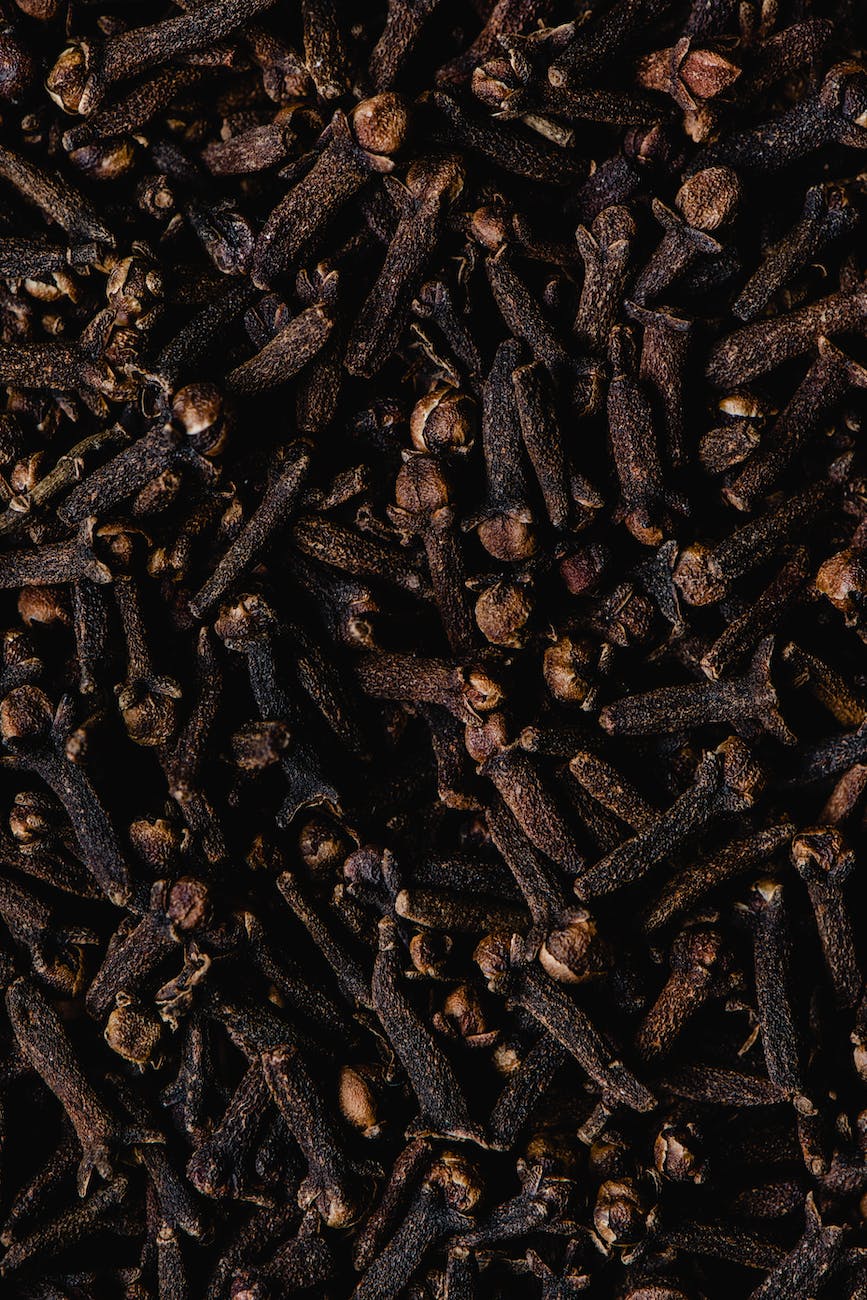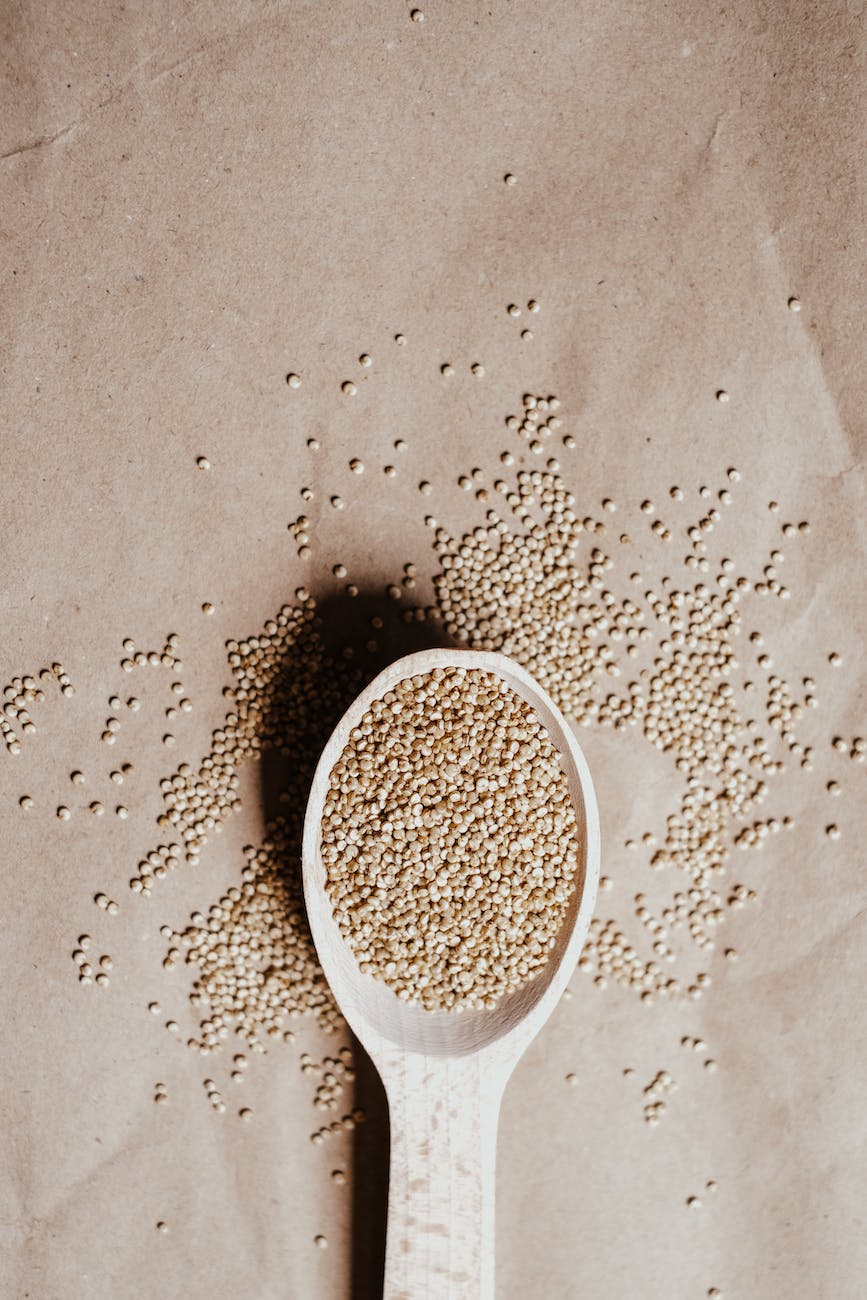
Introduction: 🌿✨ Welcome to another insightful blog post! In this edition, we will explore the benefits of chewing cloves, a fragrant spice that has been used for centuries for its medicinal properties. Cloves, derived from the flower buds of the Syzygium aromaticum tree, are not only known for their unique flavor and aroma but also for their potential health benefits. Join us as we uncover the many advantages of incorporating cloves into your oral health routine and overall well-being.
Cloves: A Brief Overview: 🌿🌸 Cloves are small, dark-brown, aromatic flower buds that are native to Indonesia and other parts of Southeast Asia. They are commonly used as a spice in various cuisines and also hold a prominent place in traditional medicine systems. The active compound responsible for cloves’ distinctive flavor and health benefits is called eugenol.
Benefits of Chewing Cloves:
- Oral Health Support: 🦷💫 Cloves are well-known for their potential benefits in promoting oral health. Chewing cloves can help freshen breath, as their aromatic compounds provide a natural and refreshing scent. Furthermore, the eugenol present in cloves exhibits antimicrobial properties, which may help combat bacteria in the mouth that can contribute to bad breath and dental issues.
- Relief from Toothache and Oral Discomfort: 🌿🦷 Cloves have been traditionally used as a natural remedy for toothache and oral discomfort. Eugenol, the primary component in cloves, possesses analgesic (pain-relieving) and anti-inflammatory properties. Chewing on a clove or applying clove oil topically to the affected area may help alleviate toothache and temporarily reduce oral pain and swelling.
- Antibacterial and Antimicrobial Properties: 🌿🔬 Cloves exhibit potent antibacterial and antimicrobial properties, mainly due to the presence of eugenol. These properties may help inhibit the growth of harmful bacteria and microorganisms, reducing the risk of oral infections and promoting a healthier oral microbiome.
- Digestive Aid: 🌿🌱 Cloves have been used for centuries as a digestive aid. Chewing on cloves or consuming clove-infused tea may help stimulate the production of digestive enzymes, improve digestion, and relieve symptoms of indigestion, bloating, and flatulence.
- Anti-inflammatory Effects: 🌿🔥 Eugenol in cloves possesses anti-inflammatory properties, which may help reduce inflammation and swelling in the body. This property may be beneficial for individuals with inflammatory conditions, such as arthritis and certain gastrointestinal disorders.
- Rich in Antioxidants: 🌿🌸 Cloves are a rich source of antioxidants, which play a crucial role in protecting the body against oxidative stress caused by harmful free radicals. Antioxidants help support overall health and may contribute to reducing the risk of chronic diseases.
Incorporating Cloves into Your Routine: 🌿🍽 There are various ways to incorporate cloves into your daily routine and reap their benefits:
- Chewing Cloves Directly: 🌿🦷 For fresh breath and potential oral health benefits, you can chew on a whole clove for a few minutes. Be mindful not to bite down too hard, as cloves are quite hard and can potentially damage your teeth.
- Clove-Infused Tea: 🌿🍵 Steep a few cloves in hot water to create a soothing and aromatic clove-infused tea. You can enjoy this tea after meals to aid digestion or simply as a comforting beverage.
- Clove Oil for Topical Use: 🌿💧 Clove oil, available in health stores, can be applied topically to the affected area for temporary relief from toothache or oral discomfort. Ensure that the clove oil is properly diluted and follow the instructions provided.
Precautions and Considerations: 🌿⚠️ It’s important to keep the following points in mind when using cloves:
- Moderation: While cloves offer potential benefits, it’s essential to consume them in moderation as part of a balanced diet. Excessive consumption may lead to adverse effects.
- Allergies and Sensitivities: Some individuals may be allergic or sensitive to cloves. If you experience any adverse reactions, such as itching, swelling, or difficulty breathing, discontinue use and seek medical advice.
- Interaction with Medications: Cloves may interact with certain medications, including blood thinners and anticoagulants. Consult with your healthcare provider before incorporating cloves into your routine, especially if you are on medication.
Conclusion: 🌿✨ Chewing cloves offers various potential benefits, particularly for oral health and well-being. From freshening breath and supporting oral health to providing temporary relief from toothache and promoting digestive health, cloves have long been cherished for their medicinal properties. However, it’s important to use cloves in moderation and be mindful of any allergies or interactions with medications. Enjoy the aromatic and flavorful benefits of cloves as a natural addition to your oral care routine and overall wellness.












